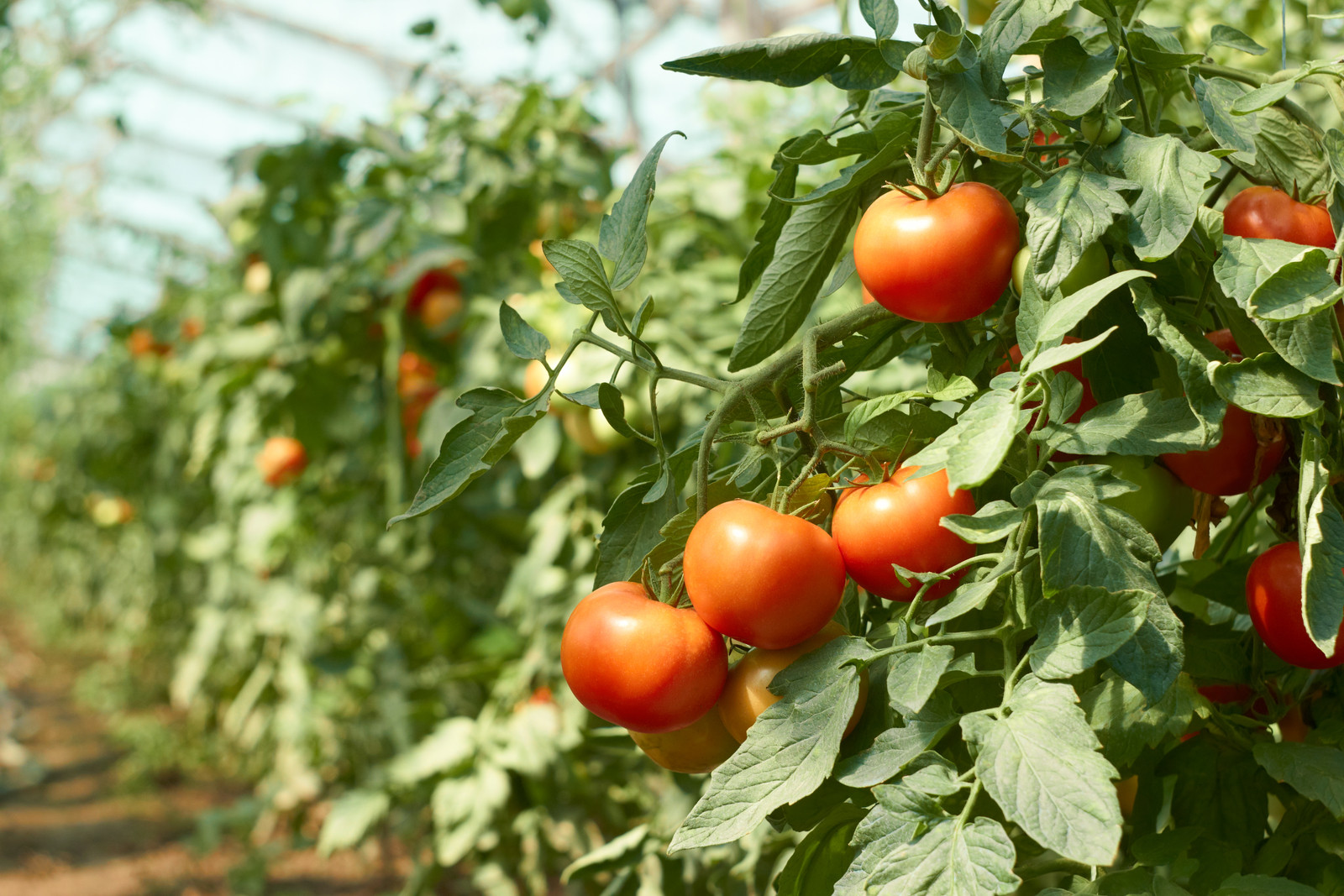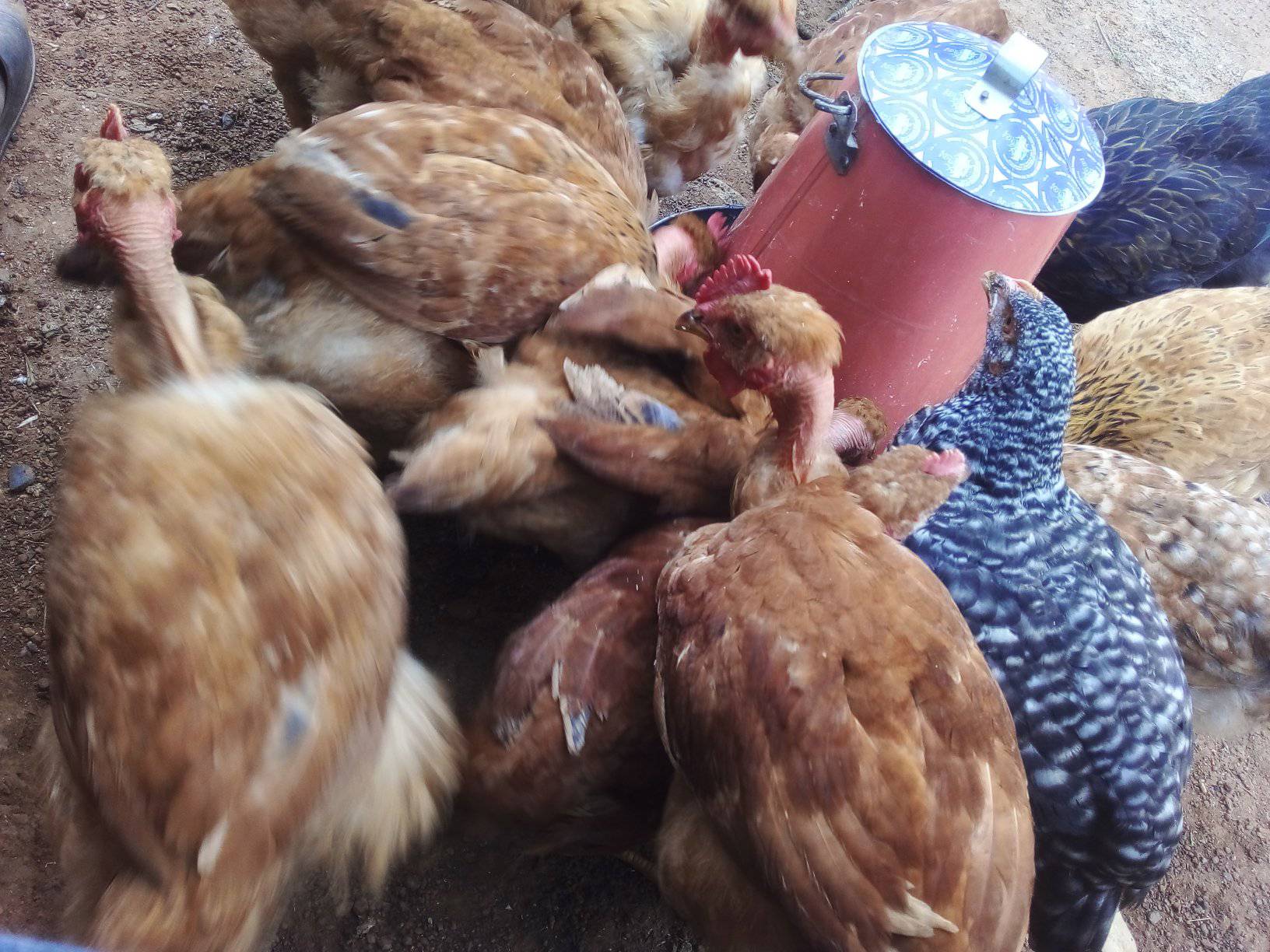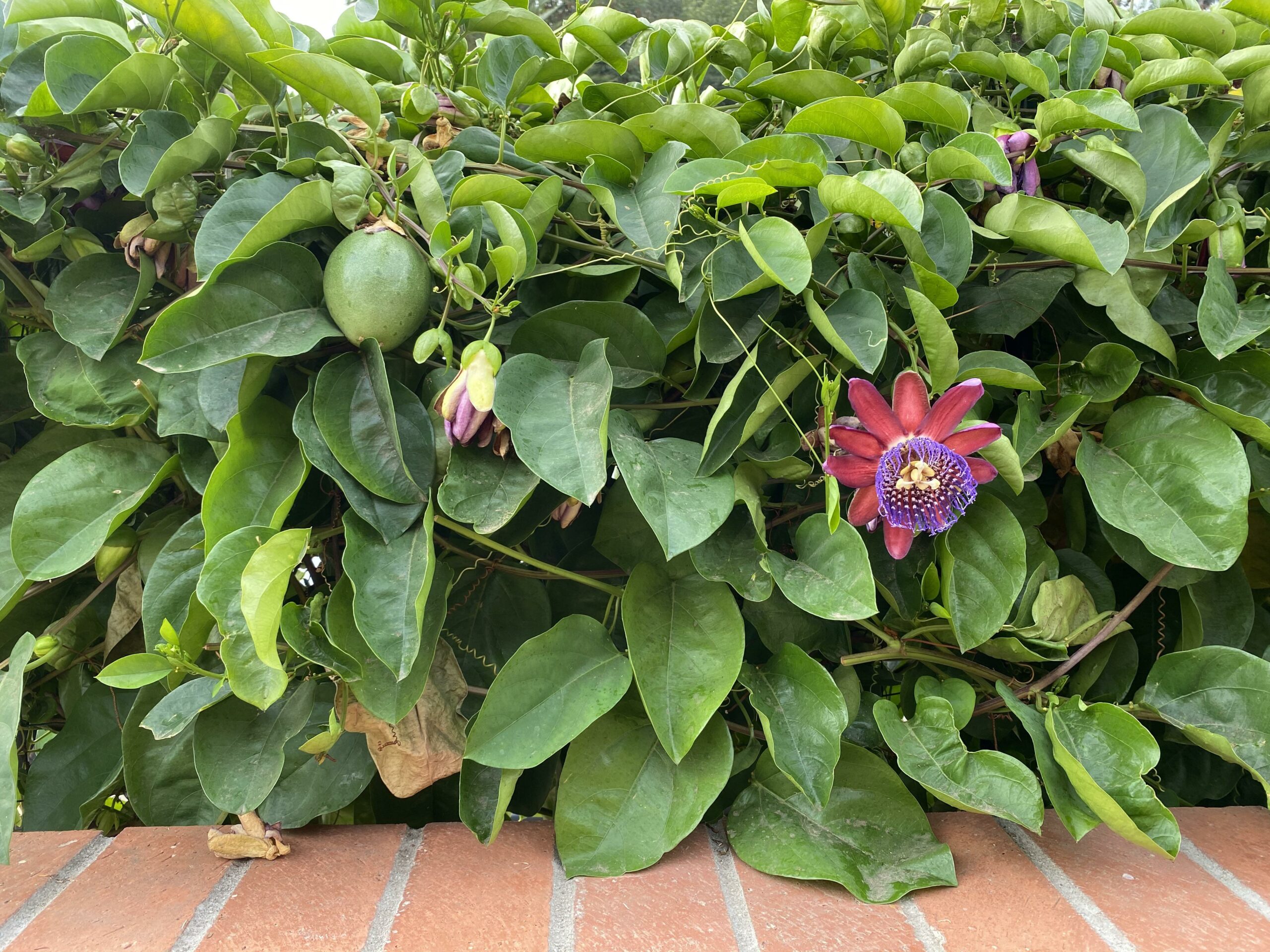HYDROPONIC TOMATO FARMING STEPS
Hydroponic tomato farming entails growing tomatoes without soil, using a
nutrient-rich water solution to provide essential nutrients directly to the plant roots.
Here is step-by-step on how to do hydroponic tomato farming:
Set up your Hydroponic System
. Choose a hydroponic system suitable for growing tomatoes, such as Deep Water
Culture (DWC), Nutrient Film Technique (NFT), or Drip Irrigation.
. Ensure the system provides adequate support for the plants as they grow and
develop heavy fruit clusters.
choose Tomato varieties
. Choose tomato varieties well-suited for hydroponic cultivation, such as
determinate varieties with a compact growth habit.
. Popular hydroponic tomato varieties include 'Trust,' 'Merlice,' 'Bella Rosa,' and
'Geronimo.'
Prepare Growing Medium:
. Use a soilless growing medium such as rockwool cubes, which provide excellent
water retention and aeration for the roots.
. Plant tomato seedlings or seeds into the growing medium, ensuring they are
placed at the correct depth.
Mix nutrient solution
. Prepare a balanced hydroponic nutrient solution specifically formulated for
tomatoes.
. Follow the manufacturer's instructions to mix the nutrient solution and adjust the
pH and EC levels to the optimal range for tomatoes (pH 5.5-6.5, EC 2.0-3.5
mS/cm).
Plant care
. Monitor the nutrient solution levels regularly and top up as needed to ensure the
roots remain submerged.
. Maintain proper temperature and humidity levels in the growing environment
(70°F to 85°F during the day, slightly cooler at night).
Pruning and support
. Install sturdy support structures such as trellises or tomato cages to support the
plants as they grow.
. Regularly prune the plants to remove suckers and maintain good airflow around
the foliage.
Pollination
. In indoor, hand pollination may be necessary because there are no natural
pollinators like bees.
. Gently shake the plants or use a small brush to transfer pollen between flowers to
ensure proper fruit set.
Monitor plant health
. Keep an eye out for signs of nutrient deficiencies, pests, or diseases.
. Incase of any issues address them accordingly to prevent them from spreading
and affecting plant growth.
Harvesting
. Harvest tomatoes once they reach the desired size, color and ripeness.
. They can be harvested when fully ripe or slightly underripe, this depends on your
preference and the desired market.
Clean and maintain the system
. Regularly clean and sanitize the Hydroponic system components to prevent algae
growth and nutrient build up.
. Replace nutrient solution periodically to maintain optimal nutrient levels for plant
growth.
By following these steps and providing optimal growing conditions, you can
successfully cultivate flavorful and high-yielding tomatoes hydroponically.





